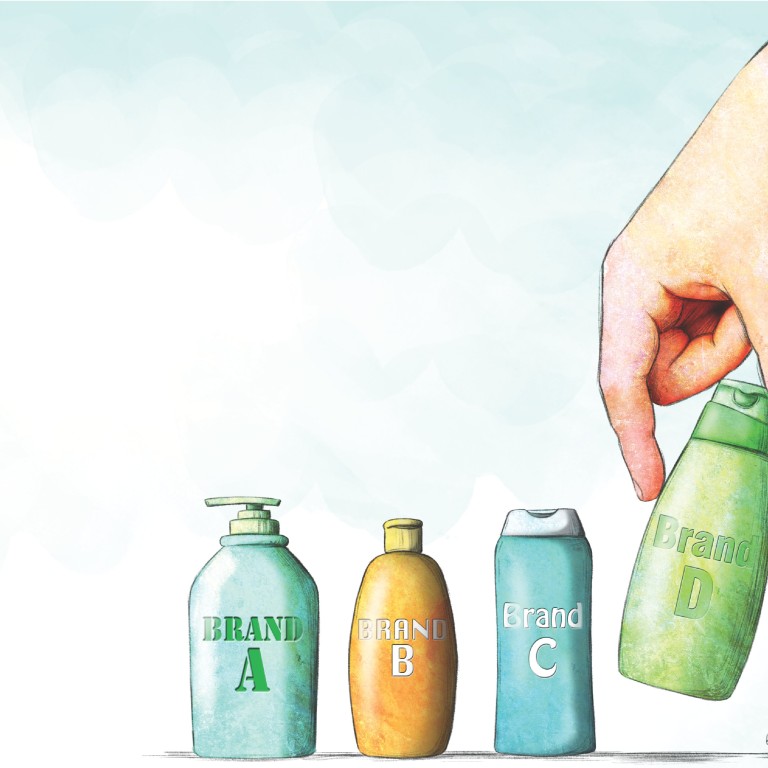
P&G's culling of brands may have unintended consequences
The jury is still very much out on the bold move by A.G. Lafley, the chief executive at Procter & Gamble, to cut up to 100 brands from his company's enormous portfolio.
The jury is still very much out on the bold move by A.G. Lafley, the chief executive at Procter & Gamble, to cut up to 100 brands from his company's enormous portfolio.
Lafley was hired last year to boost P&G's underperforming consumer products business. He believes customers are overwhelmed and confused by the choice that confronts them and are looking for a simpler and more convenient lifestyle; thus he hopes a focus on fewer brands will yield bigger results.
It has long been part of the holy grail of retail sales that brands are king and that brand ownership and development is the key to success.
This received wisdom took a knock during the recent recession in the United States and Europe when many retailers abandoned their faith in brands and focused on price and price alone.
However, if anyone doubts the potency of brands, just look at how some of the most price-conscious shoppers gravitate towards fake brands. They don't want to pay much for their handbags and clothing or whatever, but are keen to buy products that at least look like those of established brands.
A minority of brands scoop up the lion's share of the market, leaving a large majority to scramble for the remaining business.
Lafley plans to cut out the 90-100 brands that collectively contribute no more than 10 per cent of the company's revenue. The focus will move to brands that are market leaders.
As he has pointed out, the retail industry's general experience is that it takes a mere 20 per cent of products to produce 80 per cent of sales.
No more compelling insight into the wonderful world of brand development can equal that provided by the extraordinary American television series , set in the halcyon days of 1960s Madison Avenue, where a slick, heavy-drinking group of white guys and very few women busied themselves helping a generally older group of heavy-set white men cultivate their brands.
Yes, I know this show was not a documentary, but the period research was excellent.
What emerged from was a fascinating struggle between the thrusting and younger ad men trying to persuade their client's senior management of the need to change their products' image. This was accompanied by a no-holds-barred determination to do whatever it took to persuade the public to buy their products.
Remember; this was a time when cigarettes were still being marketed as healthy and enhancing well-being. In many ways, the products themselves are secondary to the image the ad men generate to make them attractive.
This, in essence, is what branding is all about. However, you will still see many companies earnestly saying things like, "Our brand is quality, and that's all we care about" or, over in the service sector, you will hear corny phrases such as "Our brand is our people", and so on.
To retain customers and build loyalty, branded goods and services need to have certain qualities, even if they also require the fortification of a well-developed image.
Procter & Gamble is gambling (excuse the pun) on the idea that consumers are basically interested in mainstream brands and don't want to be distracted by others. Sales figures provide an objective guide to the products in question.
However, if a large company like P&G is still generating reasonable income from, say, one of its minor toothpaste brands, how exactly does this detract from the earnings of bigger brands?
Lafley has not directly addressed this question but says that the way people shop nowadays, particularly when they buy in bulk online, suggests they want to make rapid choices without distractions.
Is that right? Here in Hong Kong, clearly it is not, because online bulk purchases of daily necessities are minimal, as they are elsewhere in Asia, but even in America, is there any real evidence that customers are gagging for a reduction in choice?
Fewer brands is clearly a convenience for conglomerates with a large range of branded products, but it seems to me that, if anything, online shopping and the move to megastores is all about offering more choice, and these choices are not that difficult to navigate. Why assume that consumers are not able to do this?
The real question is: what is the cost/benefit of retaining a minor brand?
It is not an easy question to answer, but in recent years, we have seen that when large companies withdraw from sectors of the market, they create opportunities for smaller niche players.
Sometimes these niches get pretty big, so maybe the net effect of Lafley's move will be to spread the wealth. I suspect this was not his plan.

